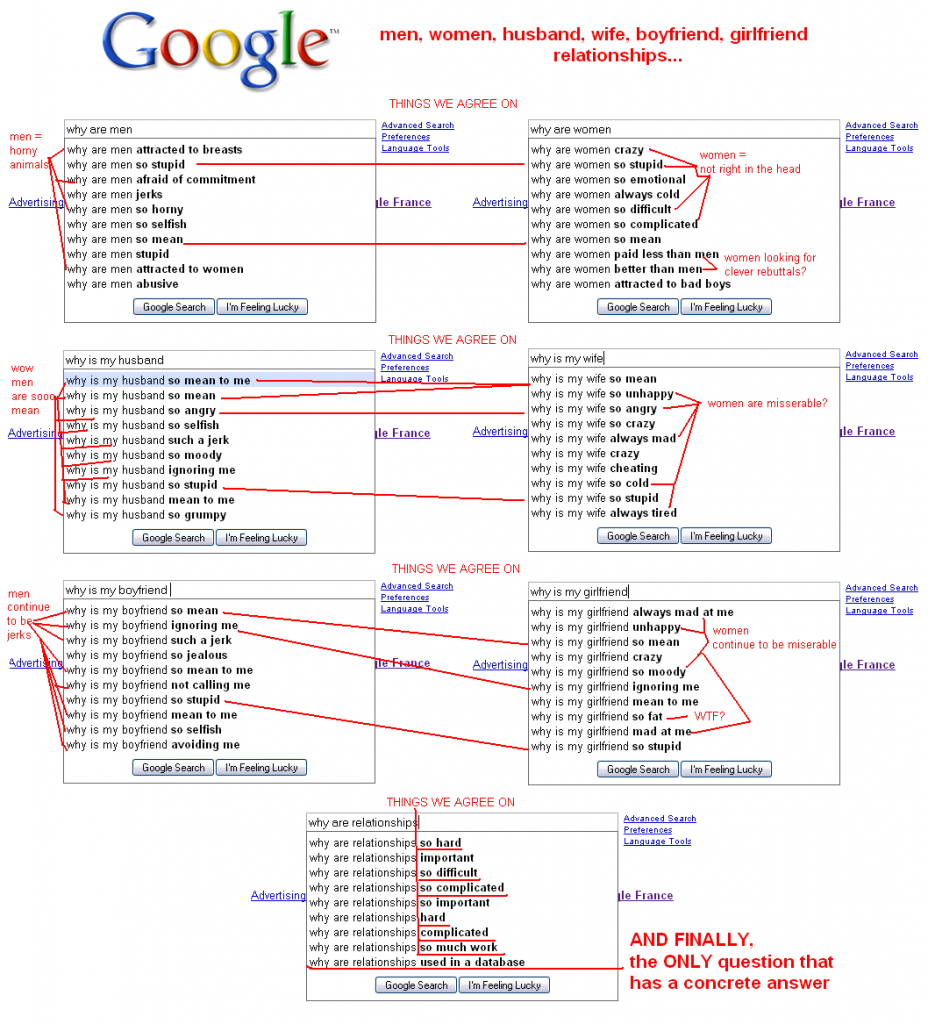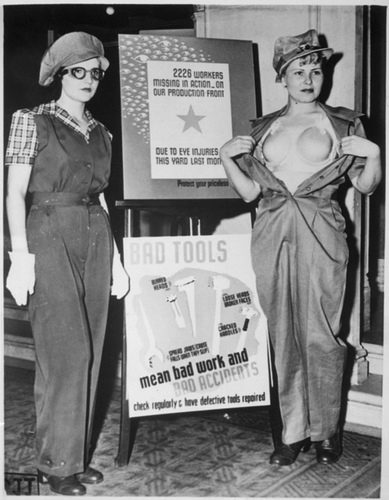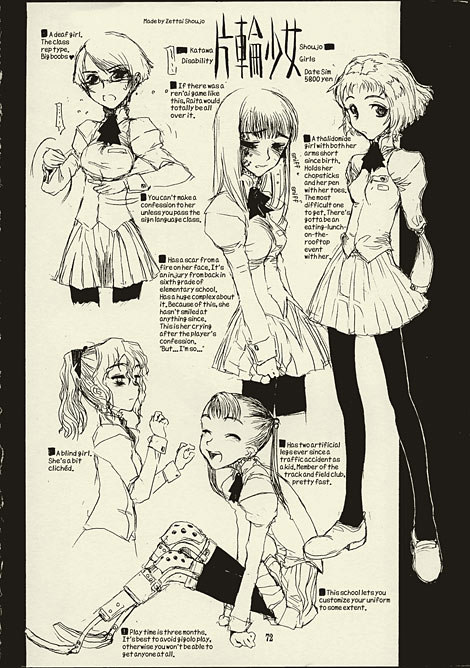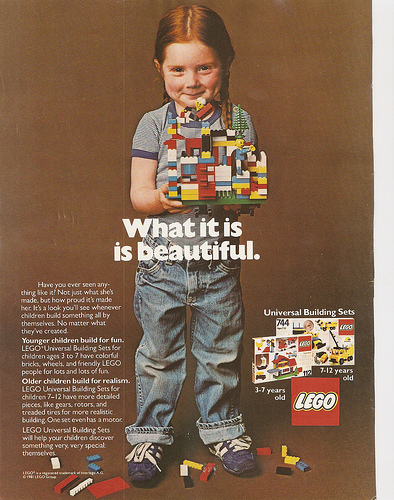Liz C. sent us a link to a segment of The Daily Show featuring Kristen Schaal and John Stewart (aired July 1st). They discuss Sarkozy’s ban on burkas and, in doing so, question whether the burka is truly oppressive and whether American fashion is, in contrast, oh-so-liberating.
| The Daily Show With Jon Stewart | Mon – Thurs 11p / 10c |
| Burka Ban | |
We covered Heelarious here.
See also this confessionechoing Stewart and Schaal’s conversation.
—————————
Lisa Wade is a professor of sociology at Occidental College. You can follow her on Twitter and Facebook.








